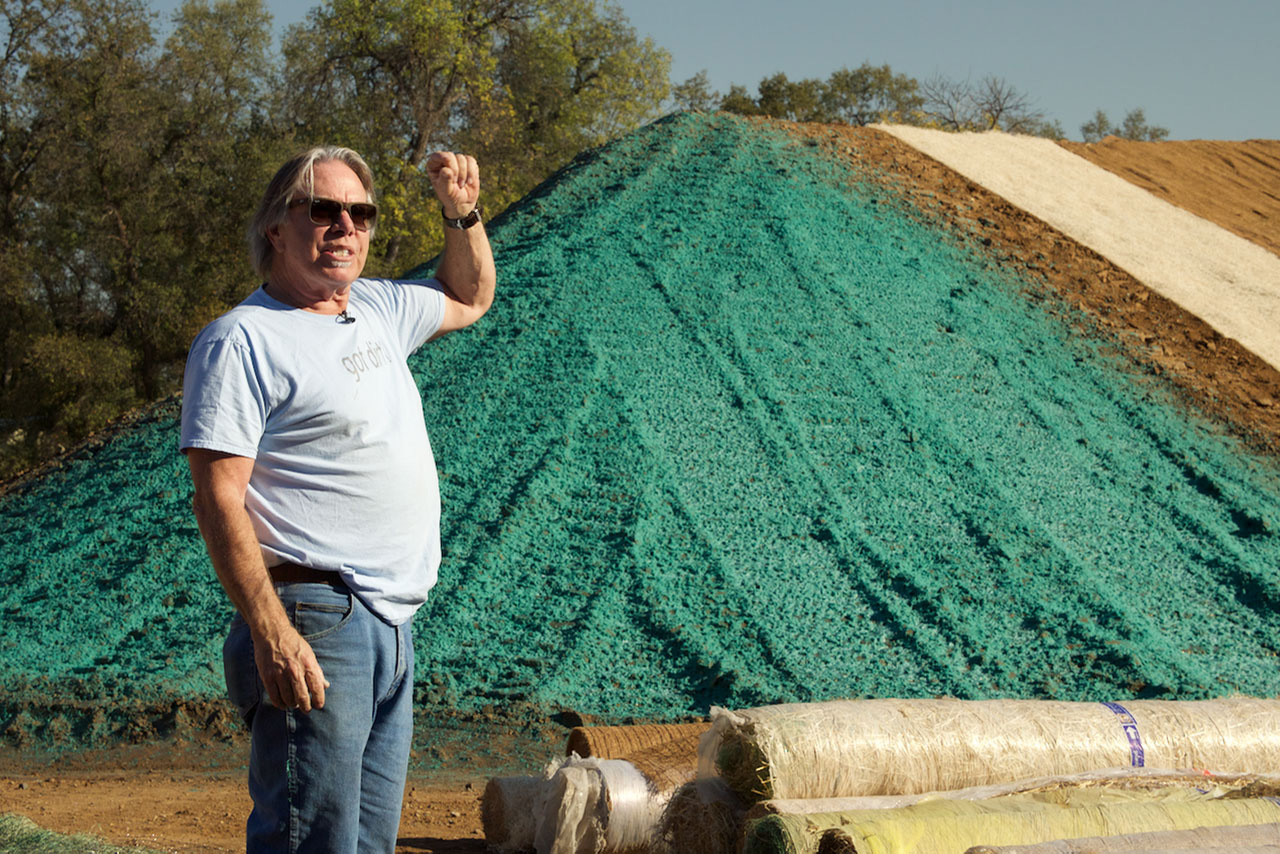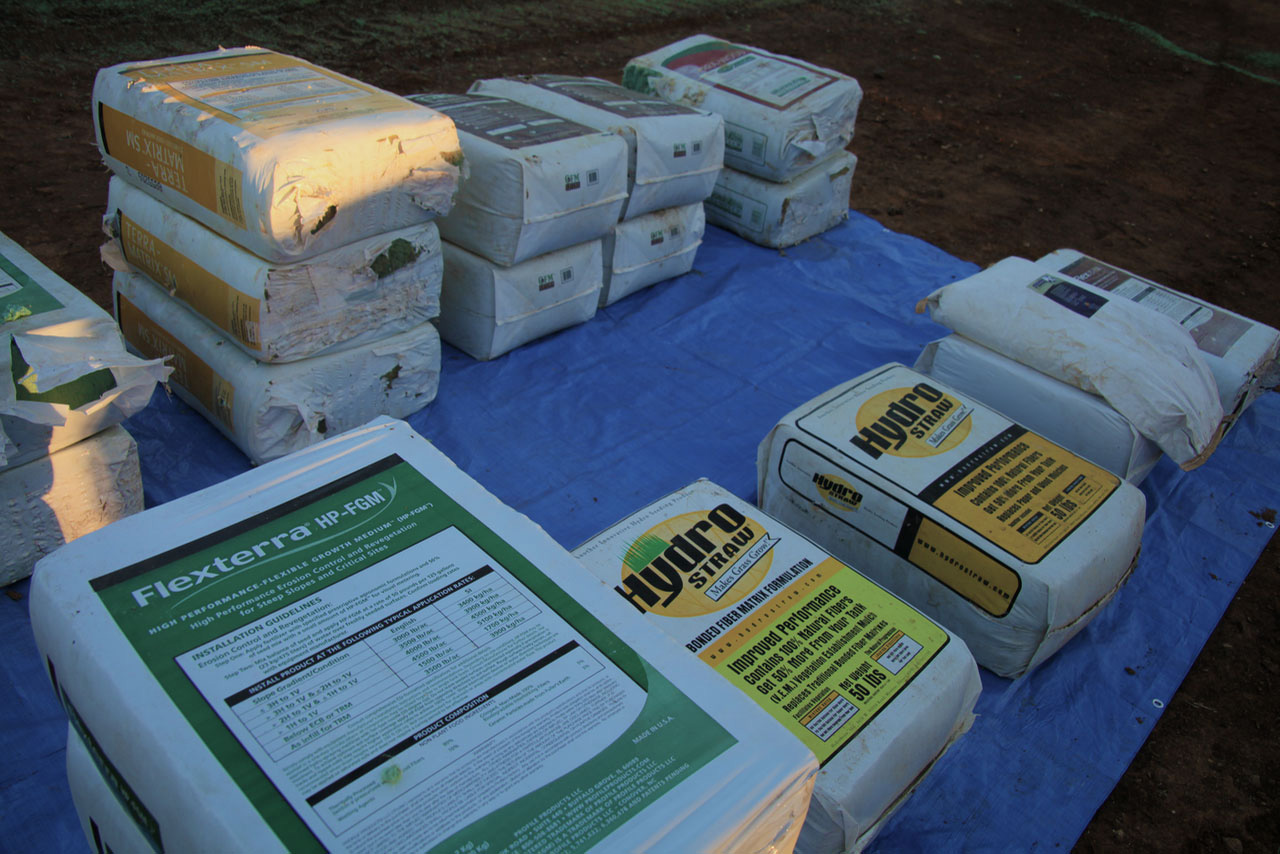16 Jul BioD-Silt Trap
31 Aug Pembina River – Biotechnical Training Workshop
The Clip below was excerpted from Dirt Time videos made during a hands-on training workshop up in the Canadian Rockies back in 2006.
This workshop was sponsored by the Alberta Transportaion who wanted to “get the word out” about NCHRP Report 544 – Environmentally-Sensitive Channel and Bank Protection Methods , aka, Alternatives to Riprap.
We (Dirt Time) ended up implementing and filming several more workshops (projects) throughout the Provence. See Hinton and Willow Creek
Many more of these Dirt Time Bioengineering and BMP video clips (5-10 minute long) will be available for you to watch, take a test, and get Continieing Edcation Units (CEUs).
See www.dirttime.tv for similar courses in near future. The video clips are also avaiable at the Watch Your Dirt Store.com in the “Dirt Time BMP and BIOENGINEERING Complete Works” for $299
Also see Forester University for Dirt Time Courses – https://www.foresteruniversity.com/ProductDetails.aspx?ProductID=2065
22 Aug CARR FIRE – Post Fire Erosion Control Tips


There is so so much to know with regards to proper erosion control. It is so much more than “Common Sense”. A practitioner friend often says, “ erosion control is not brain surgery or rocket science – it is much more difficult!
01 Nov Sacramento Side Channel is Opened Today
After lots of planning and hard work this “side channel” – once the river had split flow around Rancherie Island – this channel was ready to be opened toda. More on this epic salmon “rearing habitat” restoration project as the river rises and “does the remainder of the work” – cleaning itself out after over 80 years of being plugged.
